7 Flats of Tokyo Bay
It is said that flats are the cradle of life in ocean. Forest of eel grass (Zostera) not only creating both hiding place and feeding ground for benthos, but it also absorbs excessive ammonia, nitric acid and phosphoric acid in water. Layers of sand particle work as filter and so as clams filtering phytoplankton and toxins. Eco system of flat maintains its own and contributes to the whole.
As for Tokyo, there was once 9,450 hectare of flats in 1945, but years of reclamation passed on, then now there is only 1,591 hectare in 2004 (Tokyo Bay Ecological Information Center). There are some man-made flats created in attempt to recreate the eco system, but that sums to only above 50 hectare today.
There are 7 naturally formed flats left in Tokyo Bay. Clock wise in map above: Nojima Beach, Estuary of Tama River, Morigasaki, Sanmaizu Flat, Sanbanse Flat, Banzu Flat, and Futtsu Flat.
Banzu Flat, as the largest of all, attracts many sea creatures from small goby to giant sting ray. I have been there for octopus fishing on several occasions, but never fly fished to this date yet.
1. Nojima Beach
As for Nojima Beach, the smallest of all, I happen to catch my first rock fish (12cm? I think) on fly back in the night of December 2007 when I just started saltwater fly fishing. In the same night, I observed violent boil on the other side of the park where Nissan test field is which could be seabass in mid size.
2. Estuary of Tama River
Numerous flats are left at the mouth of Tama River which attract baitfish and seabass chasing them.
3. Morigasaki
4. Sanmaizu
5. Sanbanse
6. Banzu
7. Futtsu
To be updated.
この記事のディスカッションに参加する | Join the Discussion
東京フライフィッシング&カントリークラブのFacebook グループ「Friends Lobby」ではメンバー以外の方とのディスカッションも行っています。気になる情報や質問などはこちらまで!
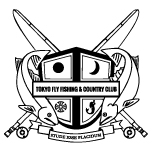
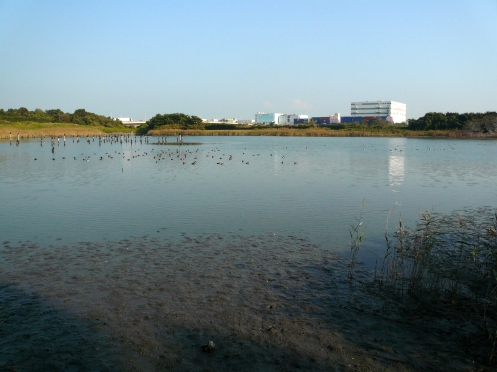
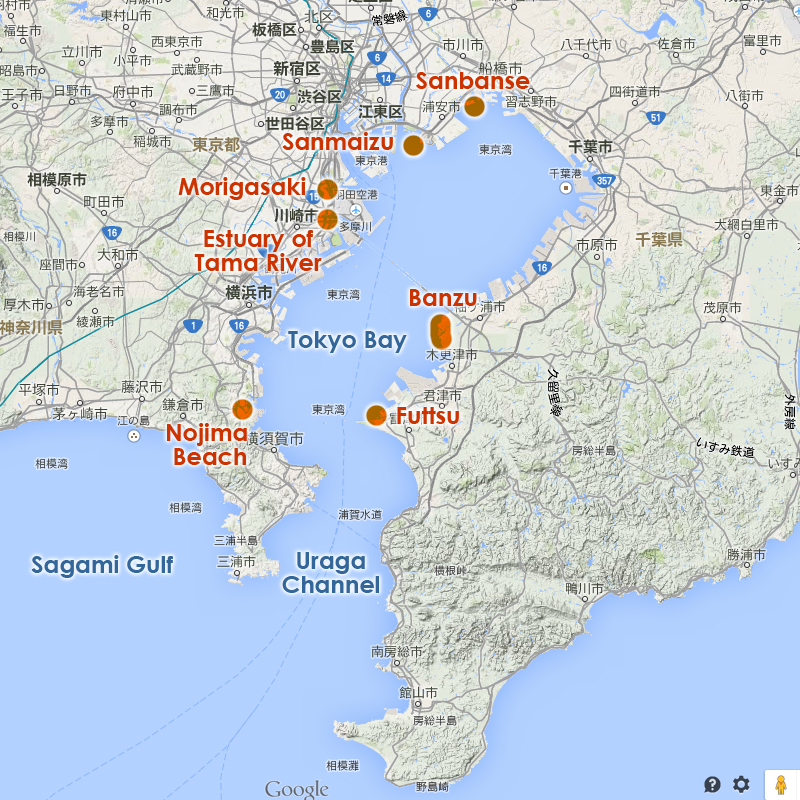
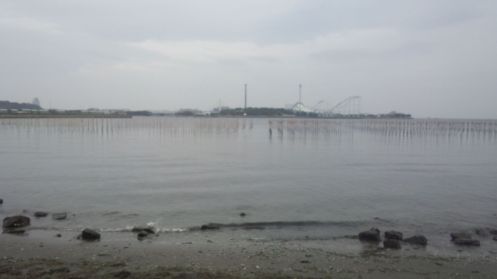




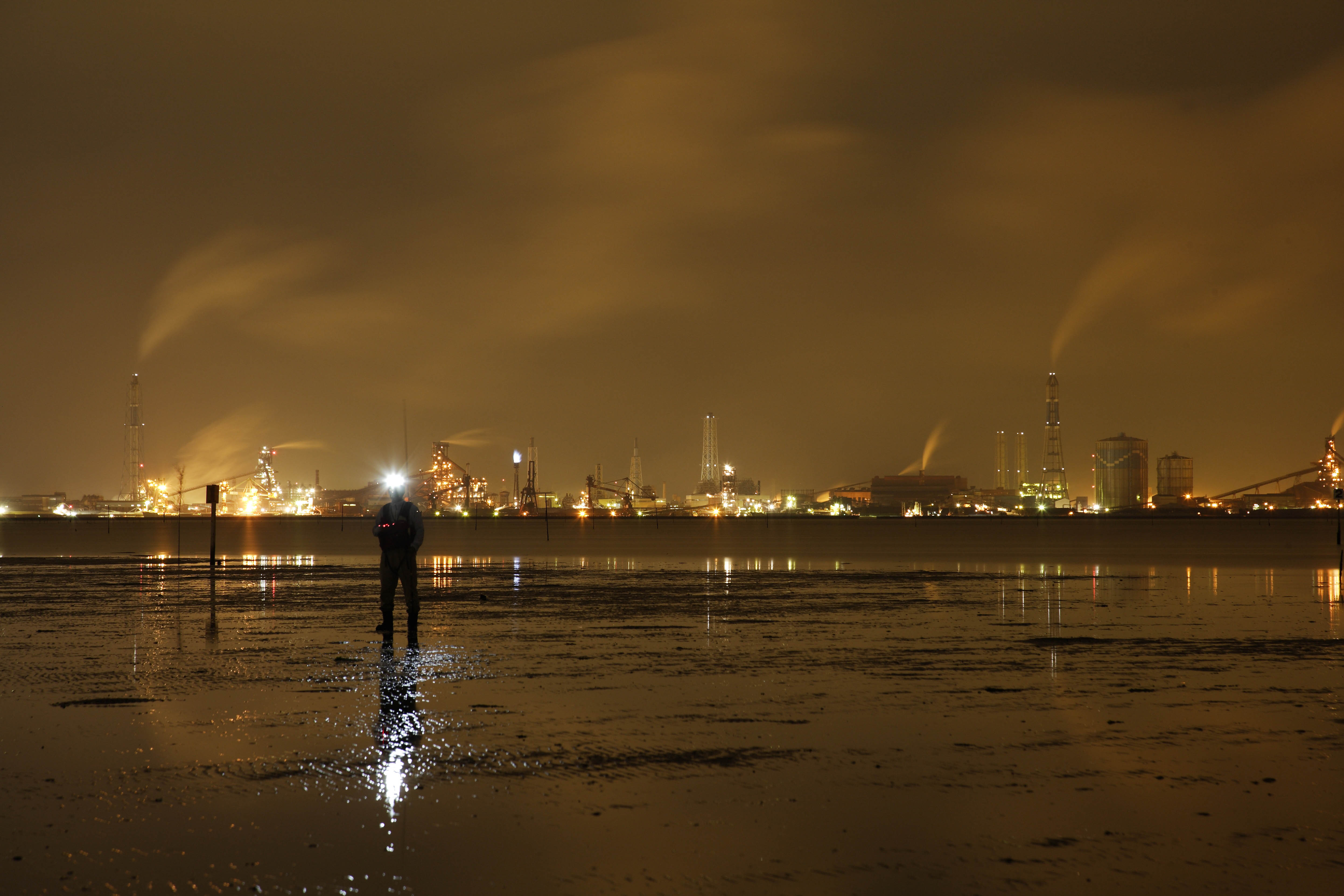


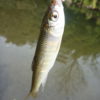


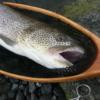
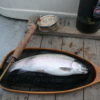

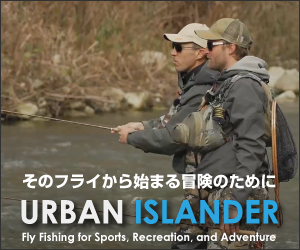
Discussion
New Pnigbacks & Trackbacks
[…] Tokyo Bay – Flats […]